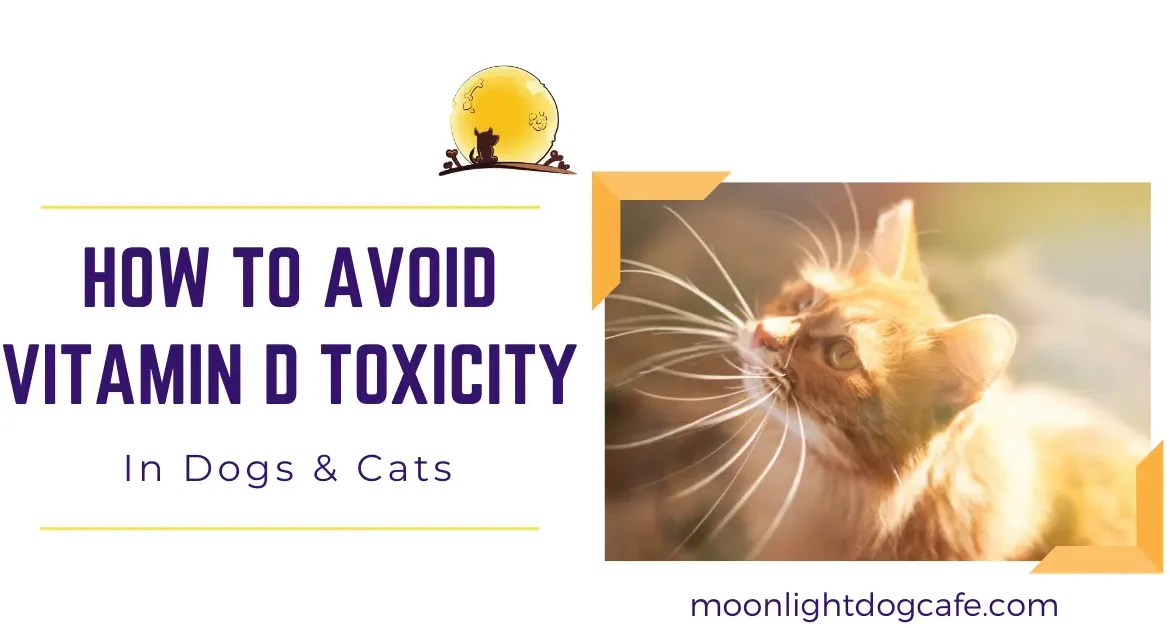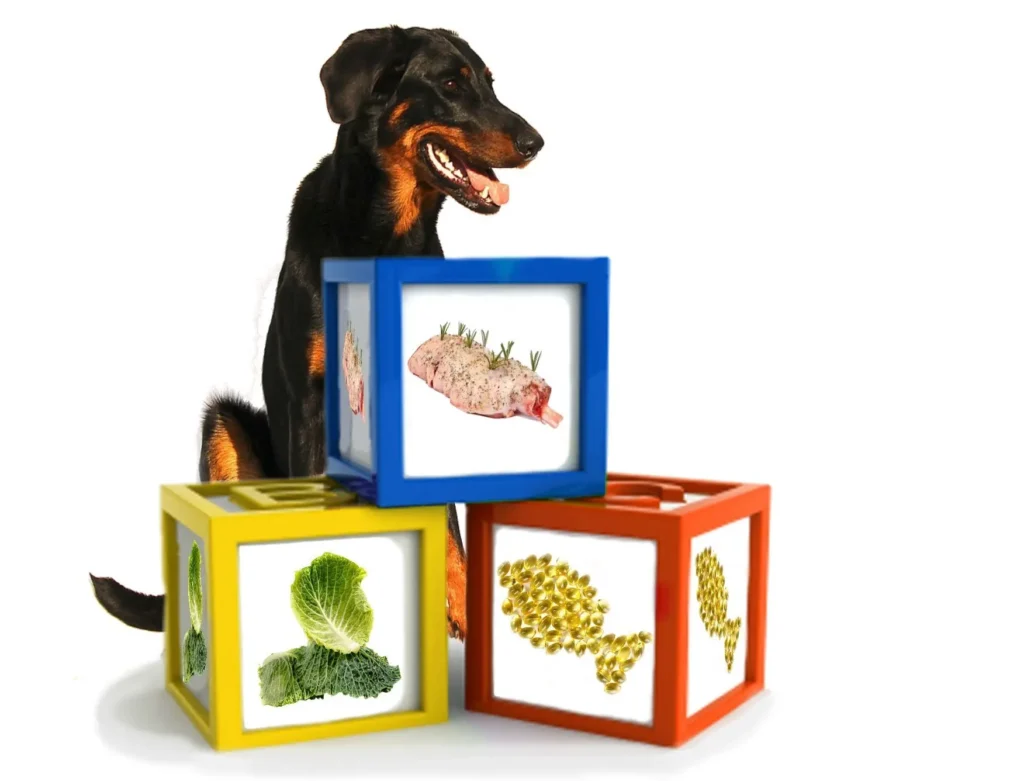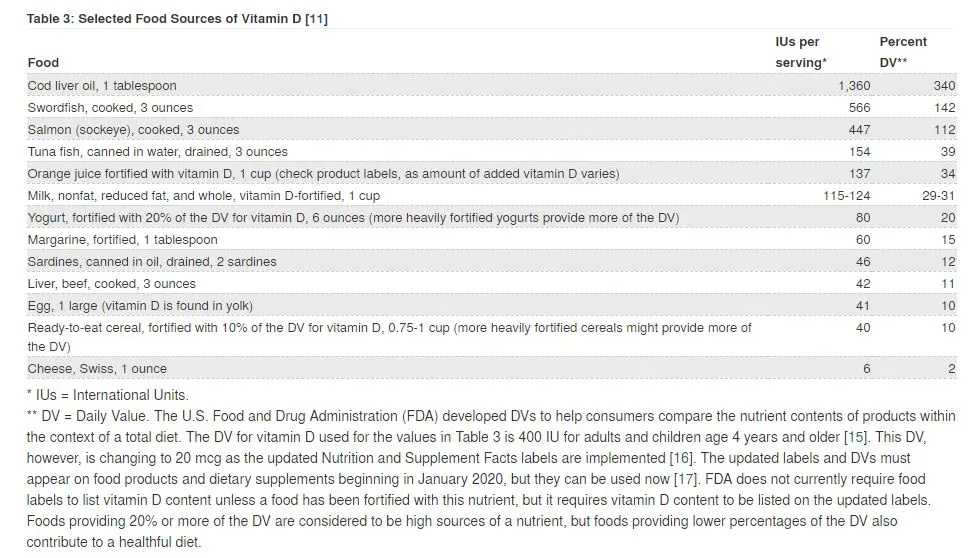
Vitamin D Overdose in Pets: How to Protect Dogs and Cats from Toxic Pet Food
FDA Warning on Vitamin D Toxicity in Several Pet Foods
If you haven’t already heard, the FDA warned the public in December of Vitamin D toxicity in several pet foods. Pet foods which had Vitamin D toxicity included Old Glory, Evolve, Nature’s Promise and Nutrisca. See here for initial list and warning from FDA. “Testing found that samples of the dog food contained excessive, potentially toxic amounts of vitamin D.” (1)
Subsequently, in January 2019, Hill’s Pet Nutrition joined the list and voluntarily recalled a list of prescription canine diets for Vitamin D Toxicity.
What Is Vitamin D Overdose in Pets and Why Does It Happen?
In our prior blog on “How to choose pet food. What should be in your pet food- (PART 0), ” we discuss Vitamin D, which is a Fat Soluble Vitamin. First of all, Vitamin D is an essential nutrient that dogs and cats need from their diet. This is because they cannot make it in the presence of sunlight like humans and herbivores. (2)

” To be active in the body, ingested vitamin D must be modified in the liver and kidney.” (2)
Vitamin D is important in regulating calcium and phosphorus, and common good sources tend to be oily fish and liver. There are 2 forms of Vitamin D – D2 and D3 created by plants and the skin/liver/fish respectively. Dogs use Vitamin D3 from their diet, which is in turn converted into 25(OH)D in the liver. 25(OH)D is the precursor to 1,25-dihydroxyvitamin D, the most biologically active form of the vitamin D.
Because Vitamin D is a fat soluble vitamin, it is stored in the body and can lead to issues of toxicity. “As one of the most stable vitamin D metabolites, with a long half-life of 10 to 21 days, 25(OH)D is commonly measured in humans and animals as a marker of vitamin D status and its association with disease. ” (3)
What Does the AAFCO Say About Vitamin D
The AAFCO Nutrient Profiles is held as the ‘gold’ standard for how pet food should be made. Pet foods which meet AAFCO standards are generally considered complete or balanced. Consequently, this often makes consumers think that AAFCO is a regulatory body, which they are not.
AAFCO guidelines state “The maximum vitamin D concentration was reduced to 3000 IU/kg DM (750 IU/1000 kcal ME) which is 6 times the recommended minimum concentration and 1000 IU/kg less than the amount shown to produce disruption of endochondrial ossification in growing Great Dane puppies. ” (4)
Signs and Symptoms of Vitamin D Toxicity in Dogs and Cats
Symptoms of Vitamin D toxicity include vomiting, depression, dark tarry feces containing blood, polyuria and polydipsia (increased urination and drinking), which typically indicate an issue with kidneys. For an extensive list, see here. Typically symptoms develop quickly and can show within 12 to 36 hours according to petmd.com. Note that the rodent poisons are a common source of Vitamin D poisoning in dogs.
“Consuming food with such high levels of vitamin D is potentially toxic to dogs and in severe cases may lead to kidney failure and/or death.” (1)
How Pet Food Can Cause a Vitamin D Overdose in Pets
The FDA stated that they “evaluated samples of some of these products, and State and private lab test results indicate that the food contained as much as approximately 70 times the intended amount of vitamin D.” (1) To be fair, not all the samples were that high but for the amount quoted above. However, this is the equivalent of 8750 IU/1000 kcal ME , which is around a 21 day intake for an adult human taken at once. Furthermore, it is way above the AAFCO limit indicated for “disruption of endochondrial ossification in growing Great Dane puppies.”
To understand how this happened, we’ve got to look at how pet food is manufactured.
Pet Food Kibble Manufacturing Process & Vitamins

First of all, the FDA puts a lot of pressure on pet food manufacturers to ensure there is no Salmonella or E coli. Therefore, pet manufacturers cook the food, whether in cans or as kibble at high temperatures. Cooking denatures protein and there will be certainly nutritional losses in canine and feline diets. (See our next blog on Beyond Grain Free Kibble for research notes). As such, pet food manufacturers add back any “known” nutritional losses in the form of synthetic vitamins and minerals.
Basically, at the end of the extrusion process, kibble is cooled and then sprayed with fats, oils, minerals and vitamins.
In this incident, Hill’s Pet Foods stated in their press release that their “investigation confirmed elevated levels of vitamin D due to a supplier error.”
Typically, a lot of pet owners see these vitamins in the ingredient list and for that reason get complacent. Their presumption is that their dogs and cats are definitely getting all they need nutritionally because the kibble bag states it has vitamins.
However, there are known problems with synthetic vitamins.
Risks of Synthetic Vitamins in Commercial Pet Food
This topic requires a whole blog for us to capture the issues with natural vitamins versus synthetic vitamins. However, we’ll address it from the perspective of Vitamin D. Note that synthetic vitamin packs have been adulterated or have had excesses of vitamins. This in the past like this recent incident have led to pet deaths and pet food recalls. Pet food recalls due to vitamin issues are not a new occurrence.

Science is unsure of the “optimal vitamin D status in adult dogs.” (5)
This applies to other vitamins.
-
- AAFCO publish minimum allowances for dogs fed commercial pet foods. “However, studies often fail to provide vitamin D content and energy density information for the basal diets of participants.” (3)
Most pet foods use liver in their formulation and then add synthetic vitamins.
In this recall case, that would have increased the Vitamin D.
-
-
- “Because AAFCO and FEDIAF guidelines list a wide range of recommended intake in the canine diet, the actual amount of added vitamin D in a specific food depends largely on manufacturer choice and often does not account for endogenous vitamin D content of ingredients.” (3)
-
Study Outcomes for Taking Vitamin D Orally Are Uncertain
One study found that “the most significant finding in our study was only a modest difference (12 %) in vitamin D status when dogs are given an oral dosage of vitamin D that we believed to be substantial.” (5) They were unable to reach a specific health outcome in adult dogs using vitamin D3 supplementation. More importantly, they also did not know why.
In addition, there was another study done in 2018, which showed that ultra-trace minerals were way above “average human daily consumption on a caloric basis.”(6) Ultra-trace minerals include chromium, molybdenum, silica, nickel and aluminum. The study goes on to say that although the ultra-trace minerals were above expected, “consumption of these ultra-trace minerals in over-the-counter dry dog foods appears safe.” (6) This in the same breadth as “when exposed to high concentrations chronically, certain ultra-trace minerals may adversely affect animal health.” (6) “There are no recommended dietary allowances or safe upper limits determined for the ultra-trace minerals described, and neither AAFCO nor NRC provides recommendations for dietary intake of these minerals in dogs. ” (6) Basically, formulating a dry food is difficult because there is much unknown.
How to Choose Safe, Natural Pet Food to Prevent Overdose
It would be certainly disingenuous not to state that raw pet food/ biologically appropriate food is a better choice.
- Feed raw pet food that is formulated with liver, which naturally has Vitamin D and necessary co-factors for cats and dogs. Here is a nifty table from The National Institutes of Health with vitamin D sources for humans and IU per source. You can compare this table to the AAFCO recommendations for Vitamin D for dogs and cats. Hopefully, you can use it figure out if your pet is getting enough Vitamin D from whole food sources.
- However, not all raw food are created equally. As such, we would suggest skipping raw foods that contain Vitamin D in the ingredient list as this is synthetic.
- Avoid raw pet foods that are chock full of liver (prevents hypervitaminosis).
- Avoid raw pet foods that don’t have any liver (not enough Vitamin D is linked to rickets, potentially cancer).
- Feed grass fed, pasture raised animals as those animals have synthesized vitamin D from the sun.
- Supplement your dog or cat’s food with salmon, cod, trout or their respective oils.
- Feed animal livers raw or if not comfortable, feed it slightly blanched. Dehydrated livers can be concentrated and lead to hypervitaminosis if overfed.
- Choose whole pet food kibbles without synthetics like Carna4 or Nature’s Logic. Orijen and Acana may have a few synthetic ingredients. Do your research.
What to Do If You Suspect Vitamin D Overdose in Your Dog or Cat
If you suspect that your dog or cat has ingested too much Vitamin D, either in the form of a consumed a vitamin D pill or through food, immediate action is crucial. Contact your veterinarian or an emergency pet poison hotline right away.
The vet will likely perform blood tests to confirm the overdose and assess organ function. Early treatment can include stopping the source of Vitamin D, administering activated charcoal, or using intravenous fluids to support kidney function. Delayed treatment can lead to severe complications like kidney failure, so prompt care is essential.
Please comment below to let us know what you think about the use of synthetic ingredients like vitamin packs in pet food?
References
- FDA Alerts Pet Owners about Potentially Toxic Levels of Vitamin D in Several Dry Pet Foods, December 2018
- Waltham Pocket book of essential nutrition for cats and dogs
- The Importance of Vitamin D in Canine Health By Natalie Stilwell, DVM, MS, PhD. American Veterinarian, January 22, 2018
- Proposed Revisions Edited per Comments for 2014 Official Publication. AAFCO METHODS FOR SUBSTANTIATING NUTRITIONAL ADEQUACY OF DOG AND CAT FOODS
- Oral vitamin D supplementation at five times the recommended allowance marginally affects serum 25-hydroxyvitamin D concentrations in dogs. Lauren R. Young* and Robert C. Backus.J Nutr Sci. 2016; 5: e31. Published online 2016 Jul 29.
- Evaluation of selected ultra-trace minerals in commercially available dry dog foods. Hyun-tae Kim, John P Loftus, Jason W Gagné, Michael A Rutzke,2Raymond P Glahn, Joseph J Wakshlag.




[…] have been many issues with the scientifically derived dog kibble food. See here for our blogs on Vitamin D Toxicity in dog food or even read on the FDA warnings on dilated […]